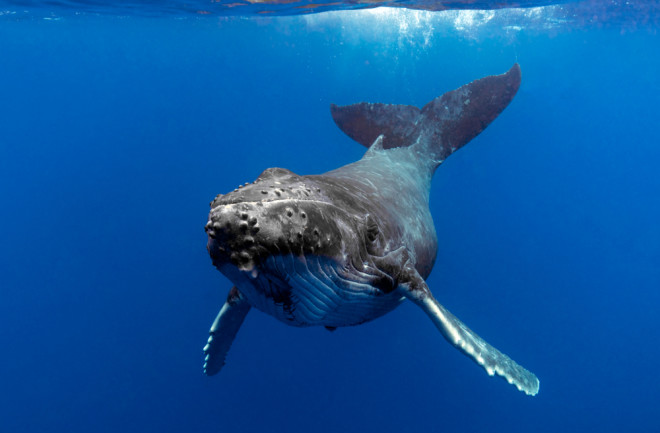For centuries, a beached whale provided coastal dwellers with a windfall of resources. People harvested the baleen, blubber, bone, meat, oil, and spermaceti. They used oil and spermaceti to fuel candles and lanterns. They consumed whale meat. And they repurposed bone and baleen (a plate in the upper jaw) to structure corsets, collars, and hoop skirts.
Around 1710, people wanted a steady supply of whale-based products. The commercial whaling industry developed in response to the increasing demand. Whaling ships pursued all types of whales for the next two centuries, including blue, sperm, and right whales.
By the time whaling was banned internationally in 1986, many species were near extinction. Scientists are now working to determine how many whales remain and if conservation efforts are working.

